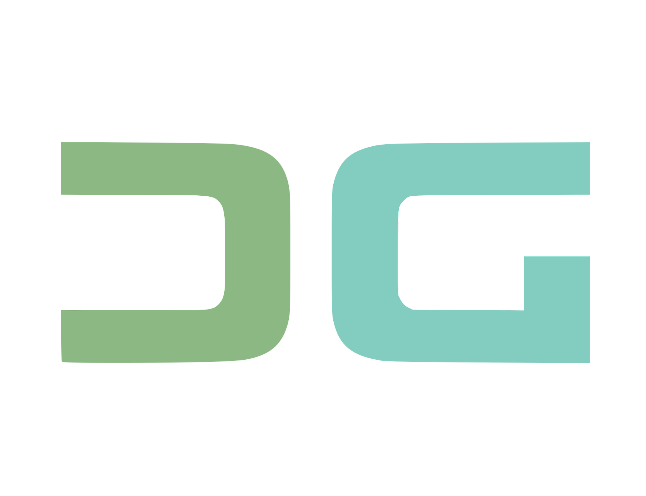
We’ve all been there. You’re searching for information in a 100-page PDF report filled with crucial charts, complex diagrams, and dense paragraphs. Your keyword search for “Q3 revenue” gives you a dozen text mentions, but completely misses the vital bar chart on page 72 that tells the whole story. The data is there, but our tools can only see part of the picture.
This gap between data and insight is rapidly closing. The era of treating documents as flat, text-only files is over. That’s the core lesson I learned after dedicating 5 hours to completing the “Inspect Rich Documents with Gemini Multimodality and Multimodal RAG” course on Google Cloud Skills Boost.
After navigating challenging hands-on labs in Vertex AI, I earned my skill badge. But more importantly, I gained a profound understanding of a paradigm shift in how we interact with information. This isn’t just an incremental improvement; it’s a fundamental change in what we can ask our data.
In this article, I’ll share my key takeaways from this intermediate-level course and explain why these concepts are about to become essential for developers, data scientists, and business analysts everywhere.
The First Leap: What Multimodality Truly Means
We hear the term “multimodality” thrown around a lot, but the course labs make its power tangible. At its core, multimodality gives an AI model like Gemini the ability to understand and reason across different types of information simultaneously — text, images, audio, and video.
Think of it as giving AI both eyes and ears to complement its linguistic brain.
- Before: You could ask a model, “Summarize this text.”
- With Gemini Multimodality: You can now upload an image of a sales dashboard and ask, “Based on this chart and the accompanying paragraph, what was the primary driver for our Q3 growth, and what risks does it highlight?”
The model doesn’t just “see” the image and “read” the text separately. It synthesizes them. This was the first “aha!” moment for me — we’re moving from simple data retrieval to genuine, context-aware comprehension. One lab, focused on retail recommendations, perfectly illustrated this by generating product suggestions based on a user’s uploaded photo and a simple text query.
The Game-Changer: Multimodal Retrieval Augmented Generation (RAG)
If multimodality is about understanding diverse data types, Retrieval Augmented Generation (RAG) is about grounding the AI’s knowledge in a specific, reliable source of information. This is the crucial step to making generative AI trustworthy for enterprise use.
The problem with large language models is that their knowledge is vast but generic, and they can sometimes “hallucinate” or invent facts. RAG solves this by forcing the model to “show its work.”
The labs in the course walk you through building a Multimodal RAG pipeline, which breaks down like this:
- Ingest & Chunk: You feed the system a library of complex documents (think technical manuals, financial reports, research papers) that contain both text and images. The system intelligently breaks them down into smaller, meaningful chunks.
- Generate Metadata: For each chunk, it creates vector embeddings — a numerical representation of its meaning — for both the text and the visual elements. This is the secret sauce.
- Retrieve: When a user asks a question, the system searches the vector database for the most relevant chunks of text and images that relate to the query.
- Generate & Cite: Finally, Gemini takes the user’s question and the retrieved, context-rich information and generates a precise, factual answer. Crucially, it can also provide citations, pointing directly to the source pages or images it used.
This isn’t search. This is research, automated.
My 3 Key Takeaways from the Trenches
Beyond the theory, the hands-on labs provided insights that can only come from building.
- 1. Metadata is Everything: The quality of your RAG system is directly proportional to the quality of your metadata and chunking strategy. The lab on this topic drove home how critical this data preparation step is for getting accurate, relevant results. Garbage in, garbage out has never been more true.
- 2. The Power of “Zero-Shot” Visual Analysis: In one lab, we used Gemini to extract structured information from a document without any specific training on that document’s format. We could ask it to pull information from a table in an image or describe a process from a diagram. This dramatically lowers the barrier to automating data extraction from invoices, reports, and forms.
- 3. This is the Future of Enterprise Search: Companies sit on mountains of unstructured data in slide decks, PDFs, and internal wikis. A well-implemented Multimodal RAG system transforms that static archive into a dynamic, conversational knowledge base. Imagine asking your company’s documents, “Show me the architectural diagrams for Project X and summarize the security protocols mentioned in the last project review.” Gemini can now do that.
Conclusion: It’s Time to Start Building
Completing the “Inspect Rich Documents with Gemini Multimodality and Multimodal RAG” course was more than just adding a badge to my profile. It was a glimpse into a future where our interactions with digital information are richer, more intuitive, and infinitely more powerful.
We are moving away from the limitations of the search box and into an era of conversational data discovery. The skills to build these systems — understanding multimodal prompts, vector databases, and the principles of RAG — are no longer niche; they are rapidly becoming foundational.
If you work with data in any capacity, I highly recommend exploring these concepts. The bridge between our complex, multimodal world and the digital tools we use to understand it is finally being built, and Gemini is laying the foundation stones.
Source Credit: https://medium.com/google-cloud/beyond-keywords-how-gemini-is-revolutionizing-document-analysis-with-multimodality-and-rag-ac557472d8bd?source=rss—-e52cf94d98af—4




